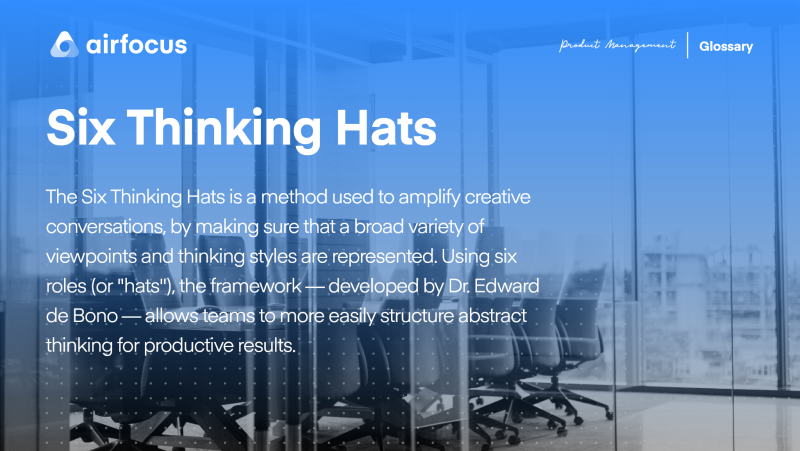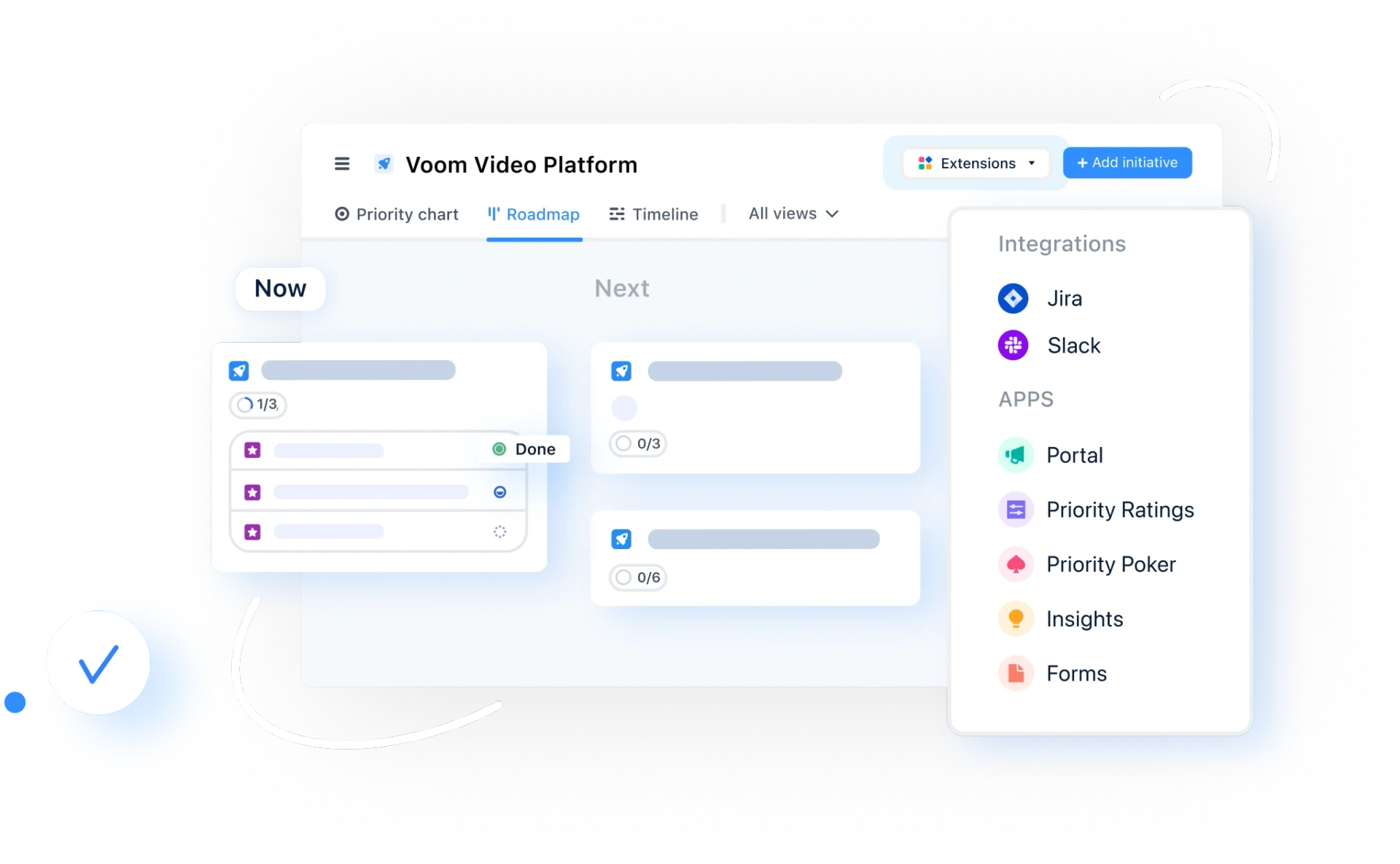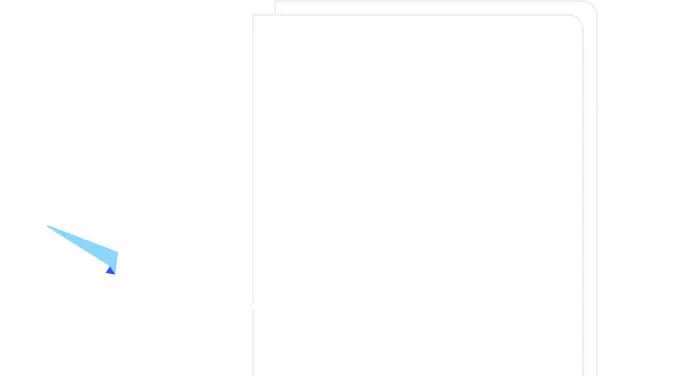Six Thinking Hats
What are the six thinking hats?
Definition of the six thinking hats
The six thinking hats is a method used to amplify creative conversations, by making sure that a broad variety of viewpoints and thinking styles are represented. Using six roles (or "hats"), the framework — developed by Dr. Edward de Bono — allows teams to more easily structure abstract thinking for productive results.
The six hats are:
The white hat: This is the objective hat, which focuses on facts and logic
The red hat: This is the intuitive hat, focusing on emotion and instinct
The black hat: This is the cautious hat, used to predict negative outcomes
The yellow hat: This is the optimistic hat, used to look for positive outcomes
The green hat: This is the creative hat, where ideas are abundant and criticism spare
The blue hat: This is the hat of control, used for management and organization
In product development, the six thinking hats are used to divide up the project team into different groups (the white hat group, the red hat group, etc.). Each group talks about the product from their hat's perspective, i.e., the logical components, the emotional components, and so on. This allows for more focused collaboration among smaller groups that can later rejoin with stronger ideas and goals.
Utilizing the Six Thinking Hats method enables teams to approach problems from multiple perspectives. airfocus complements this approach by offering collaborative product roadmapping and product prioritization tools that facilitate structured decision-making. Teams can align their diverse insights with strategic objectives, manage capacity, and integrate customer feedback, all within a secure, AI-enhanced platform designed for enterprise use.
History of the six thinking hats
The six thinking hats were first published in 1985 by the respected psychologist Dr. Edward de Bono. The inspiration for writing the book came from structuring creative thinking, which often leads to confusion and disagreement, especially in groups of people.
The "hats" allow for organized and effective group thinking.
Benefits of the six thinking hats technique
While deploying the six thinking hats technique can initially feel awkward, it’s worth persevering. The benefits speak for themselves:
Organization
The six thinking hats technique promotes a highly organized thinking process. By considering various perspectives on a problem or decision, you can assign weight to information and eliminate unnecessary details, leading to streamlined decision-making and team consensus.
Creativity
The six thinking hats technique encourages teams to explore situations and propose innovative ways to address them. This pushes individuals and groups to challenge their capabilities, generate more creative ideas, and combine diverse perspectives.
Productivity
The six hats technique enables people to achieve more in less time by strengthening skills like organization and creative thinking. Individuals work together more effectively and can feel empowered by a clear direction for the discussion.
Quality decision-making
It’s crucial that teams can clearly define the context of the discussion to reduce conflicts and encourage proactive thinking. Focusing on one perspective at a time allows the group to make quality decisions as each hat contributes its unique viewpoint.
Inclusivity
The six thinking hats technique allows individuals to think outside of their bubbles. They’re responsible for viewing the problem in a way that represents a specific group of people, leaving preconceptions at the door. Each hat needs to be represented during the meeting. This allows the group to concentrate collectively on one perspective at a time, fostering minimal conflict and shared understanding while ensuring everyone is fully immersed in the discussion.
Interpersonal skills
The six thinking hats technique enhances listening and communication skills. It helps individuals become more persuasive when presenting their ideas, more supportive of others during discussions, and more confident in offering solutions and resolving possible conflicts.
Using the six thinking hats in agile
The six thinking hats technique is perfect for agile retrospectives, especially if your team is growing tired of the typical retrospective format. The six hats technique still lets us look at what went right and what went wrong, but it helps us see how these results will affect each perspective the hats represent.
The first time you run the six thinking hats technique in your retrospective will take a little longer than usual, but you’ll find your team is far more engaged in the process. Plus, it helps uncover a wider range of perspectives to guide your next sprint.
How to run a six thinking hats exercise and examples
Six Thinking Hats is the perfect technique to look at decision-making from different perspectives. It introduces an organized parallel thinking process and it helps participants to be more mindfully involved and focused during discussion.
This technique can be applied in many ways, both in groups and as individuals. After deciding on the problem or situation you need to discuss, try these approaches:
In groups
Start by assigning a moderator for the group who will wear the blue hat. The moderator should set an agenda prior to the meeting and be familiar with the Six Thinking Hats concept.
Then, each participant should have an easy way to see what perspective they have to take depending on what hat they have. A name tag with their respective hat color or a sign on the table in front of them should do the job.
Make sure everyone has a way to record their ideas, so they can clearly show which hat they were wearing at that particular time.
If the group is large, break it into smaller groups. You can assign a hat to each group to discuss their approach, or you can have all groups wear the same hat to discuss the same perspective before proceeding to the next hat.
It’s a good idea to rotate the hats between each group to foster as many new ideas as possible and make everyone think about the issue from different perspectives.
In order to improve teamwork and collaboration, you can also make each group and sub-group wear only one hat at a time.
Individually
When you deal with an issue, but you have to solve it alone, it�’s best to use a template which has every hat along with a section to record your notes.
The straightforward way to do this is to work your way through each hat one at a time while making notes from each point of view.
Try not to jump around switching from one hat to another before you are done with it — that can get confusing.
Example
Let’s imagine that you are holding a meeting in where you’re discussing the introduction of a new service or product to the market. Here’s how the Six Thinking Hats exercise will go:
The White Hat will ask, “What are the facts that we know?” and will present the known facts such as sales figures, market research, and other data.
The Red Hat will ask, “What are your gut reactions?” and will base the arguments on feelings, hunches, and instincts.
The Black Hat will ask, “What risks should we keep in mind?” and will present a rather pessimistic perspective, talking about disadvantages, risks, and problems.
The Yellow Hat will ask, “Why should we be optimistic?” and will be the opposite of the black hat, presenting the advantages, benefits, and opportunities.
The Green Hat will ask, “How can we create opportunities?” and will be the creative perspective, coming up with ideas and possibilities.
The Blue Hat will ask “What systems or processes will be needed?” and will be in charge of the overview, summary, and planning.

General FAQ

Glossary categories
Experience the new way of doing product management

Experience the new way of doing product management








